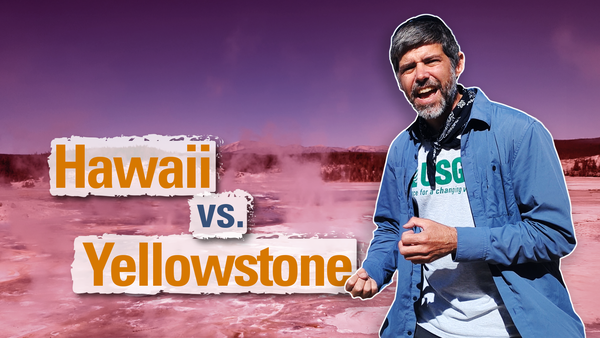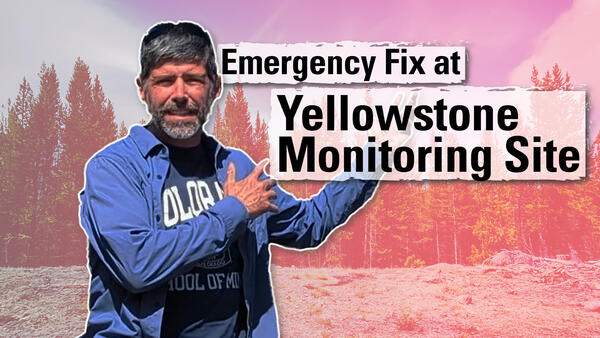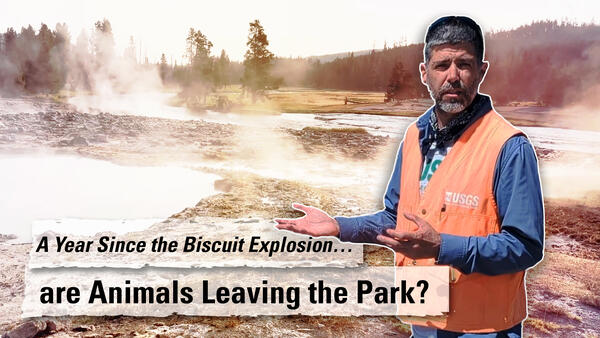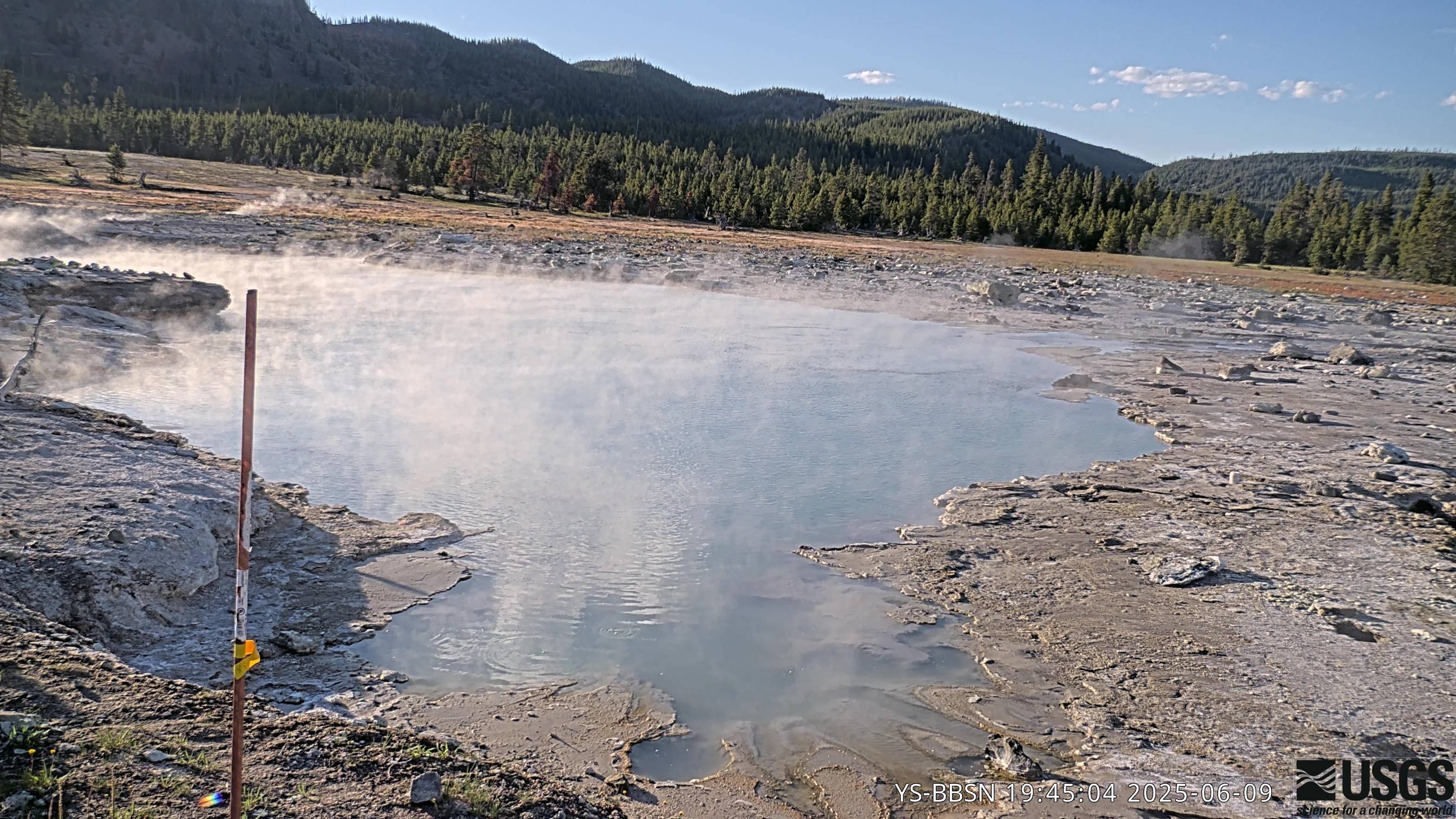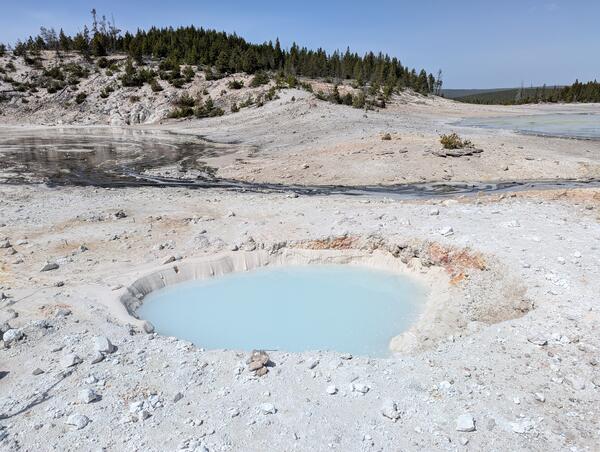Hawaii versus Yellowstone (Yellowstone monthly update - December 2025)
Hawaii versus Yellowstone (Yellowstone monthly update - December 2025)Just last week, Kīlauea put on another dramatic display of lava fountaining and flows within the caldera, during its 37th episode of this most recent eruption. It doesn't seem like Hawaii and Yellowstone have a lot in common, but actually, those two magmatic systems have a common cause.



